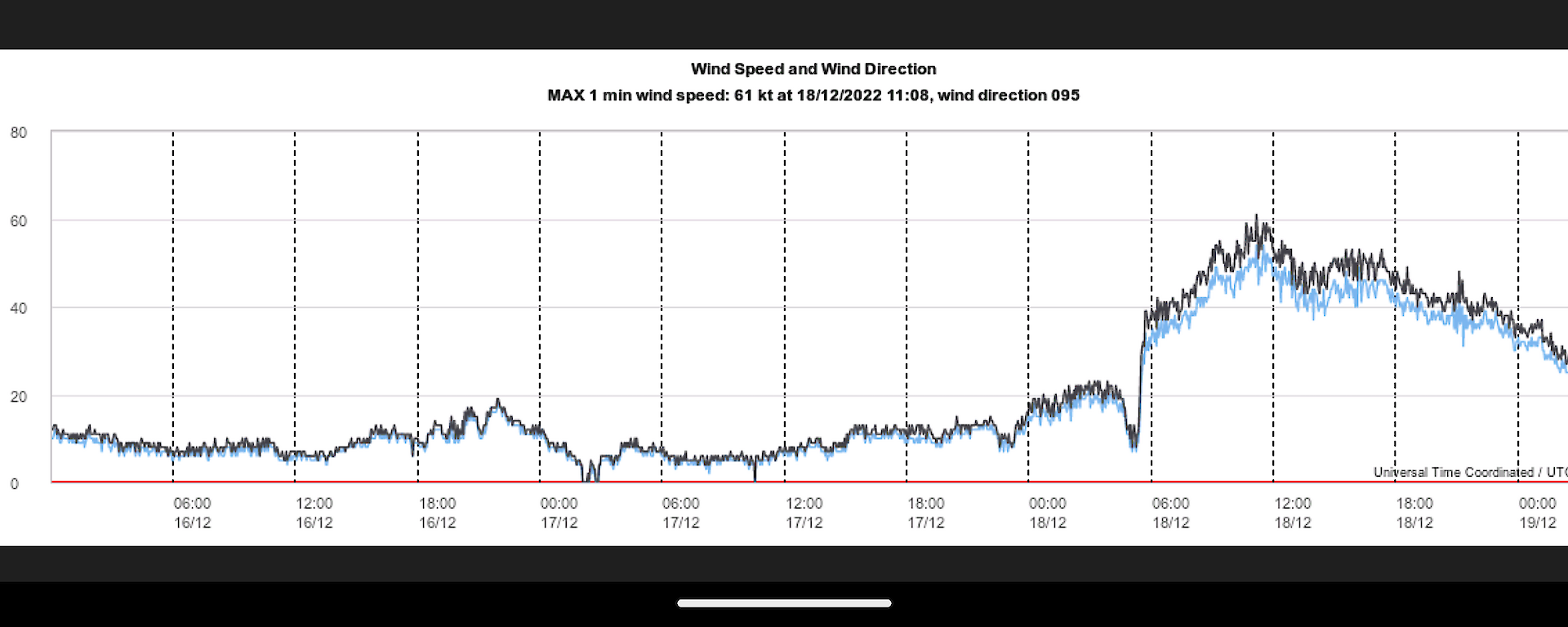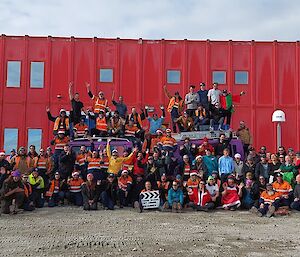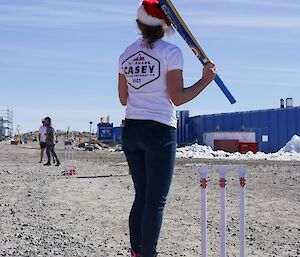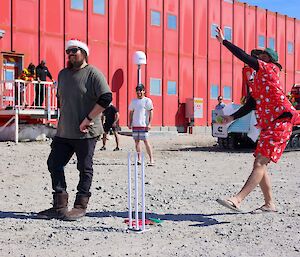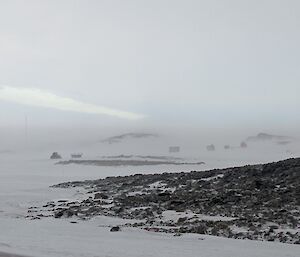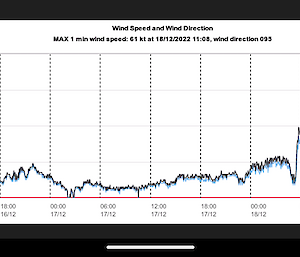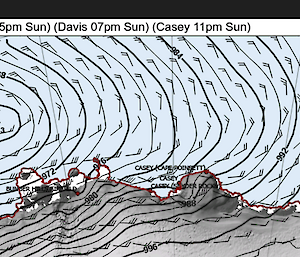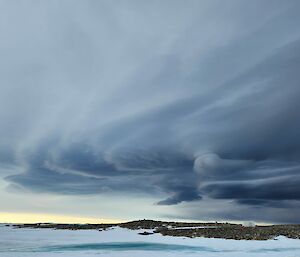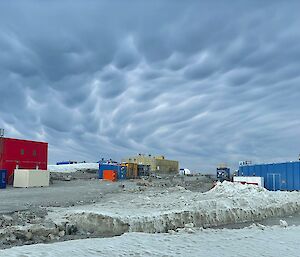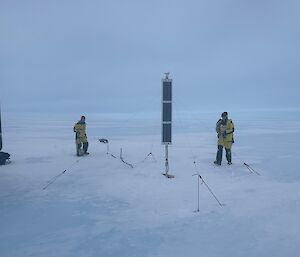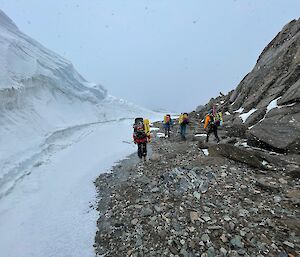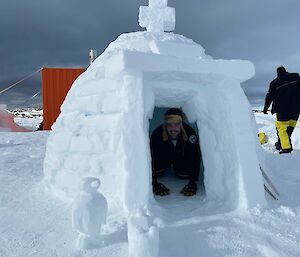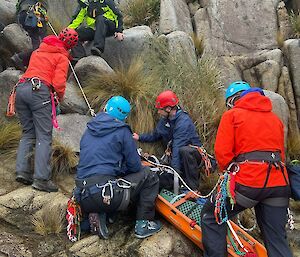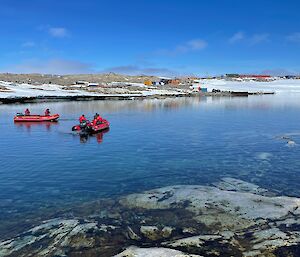It’s 8:45pm on Christmas Eve and I’m up to my elbows in dough. The kitchen bench is awash with bowls, pots and containers of ingredients in various stages of preparation. At my side, Perry calls out instructions as I stand in front of eight sausages of Challa dough.
“Eight under seven, over to strand one . . . eight over five . . . two under three, all the way to the right . . . one to four . . . seven under six, and all the way to the left . . .”
I crack up laughing at the tangle of dough, but we plough onwards and it all comes together. An eight-braid Challa, ready to be sliced for Christmas lunch, as accompaniment to duck and green peppercorn rillettes, alongside pickled cherries and beetroot chutney. Just one of the many dishes the Casey kitchen team prepared for this year’s festivities. By loaf number three, I am swinging dough strands like a Jewish bubbe. A cross-cultural festive day indeed.
It took a week of piece-meal preparation and another week of planning and creative energy to achieve a stress-free and thoroughly delicious lunch for our 116 strong Casey community. Myself and fellow chefs Anne and Leah divided and conquered an extensive menu: smorresbrod in eight styles for nibbling with a post-Santa glass of bubbles; a seafood buffet replete with oysters, prawns and mussels; nut loaf, roast turkey, mustard glazed ham and spit roast pig with all the trimmings and then some, and a dessert buffet that made the table groan.
Our team of amazing Station Support Officers (affectionately known as ‘super slushies’ - dedicated providores of community well-being), wrangled tables and lengths of tinsel, searched mysterious store-rooms and hidden cupboards for the right number of napkins and appropriately coloured tables cloths, cajoled assorted volunteers into ironing said table cloths (many ran and hid at this juncture), and did it all with a smile. Many hands (in fact, all hands) contributed to our day of fun. On numerous nights leading up to the 25th I convened late night mince pie making sessions, collecting volunteers from our community to roll, cut pastry and fill with fruit mince. These beauties were baked and sent to our distant colleagues at the Bunger Hills field camp and our brave Million Year Ice Core project traverse team who left station just before Christmas (of course, we saved plenty for ourselves, too!)
After our long lunch and plenty of laughter and good cheer, the sunny weather called many outdoors to play frisbee and cricket in front of the Red Shed accommodation building, while others practiced their seal impersonations on various couches and patches of carpet throughout the living quarters. My seal impersonation was second to none, and involved lying prostrate for a solid hour while I contemplated the generous spirit of our Casey community, the wonders of good planning, and the boon of Christmas leftovers for Boxing Day, ensuring a day off for three tired chefs. All while looking out over the beautiful Antarctic landscape, with sunlight glittering on the deep blue waters of Newcomb Bay and turning the icebergs dotting the horizon to dazzling brightness; a sight from which I will never tire.
- Claire Moser

